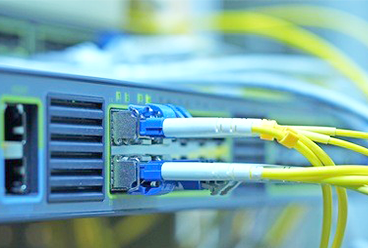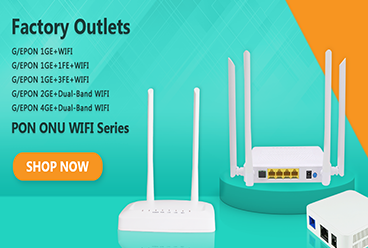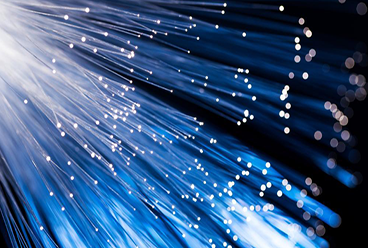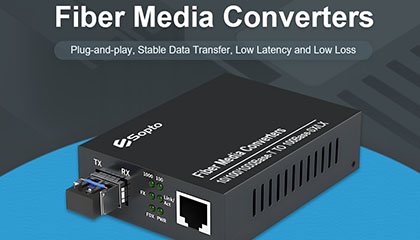In the modern digital world, seamless connectivity is the foundation of every home and enterprise network. Among the key components enabling this connectivity is the LAN port, a standard interface that allows wired network communication. Understanding what a LAN port is, how it works, and its applications is essential for building reliable, high-speed data transmission systems.
1. Definition of LAN Port
A LAN port (Local Area Network port), also known as an Ethernet port or RJ45 port, is a physical socket used to connect network devices—such as computers, routers, switches, servers, and network storage units—via Ethernet cables.
It enables wired communication within a local area network, ensuring stable, low-latency, and high-speed data exchange among connected devices.
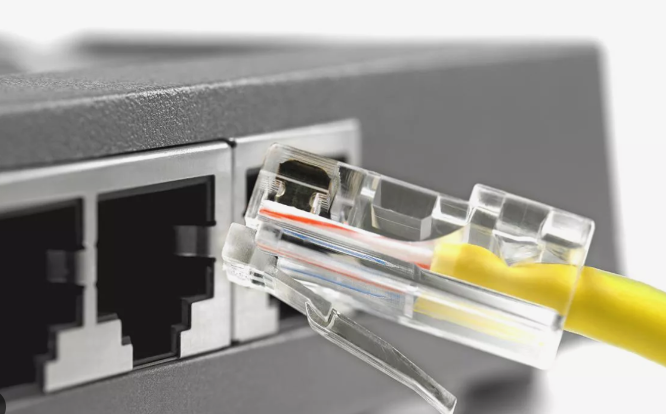
LAN ports are most commonly found on:
● Computers and laptops
● Network switches and routers
● IP cameras and VoIP phones
● Servers and network printers
● Optical network terminals (ONTs) or media converters
2. How a LAN Port Works
When an Ethernet cable is plugged into a LAN port, it creates a wired link between the device and the local network infrastructure. The LAN port transmits and receives electrical signals representing digital data.
Each LAN port follows the Ethernet standard (IEEE 802.3), which defines:
● Transmission speed (e.g., 10/100/1000 Mbps, 2.5G, 5G, 10G)
● Data frame structure
● Duplex mode (half or full duplex)
● Auto-negotiation for optimal speed and duplex configuration
Internally, the LAN port connects to the device’s network interface controller (NIC), which converts data from digital signals to electrical pulses and vice versa. When a packet is sent, it travels through the Ethernet cable to another LAN port or network device, enabling two-way communication.
3. Types of LAN Ports by Speed and Standard
LAN ports are classified based on their data transmission rate and supported Ethernet standards:
LAN Port Type | Standard | Maximum Speed | Typical Use |
Fast Ethernet | IEEE 802.3u | 100 Mbps | Basic home or office networks |
Gigabit Ethernet | IEEE 802.3ab | 1 Gbps | Modern home networks, SMB networks |
2.5G/5G Ethernet | IEEE 802.3bz | 2.5 Gbps / 5 Gbps | High-speed devices, Wi-Fi 6 routers |
10 Gigabit Ethernet | IEEE 802.3an | 10 Gbps | Data centers, servers, and high-performance applications |
Fiber LAN port (SFP/SFP+) | IEEE 802.3z / 802.3ae | 1 Gbps / 10 Gbps+ | Fiber-based LAN connections |
4. Physical Interface and Pin Definition
A typical RJ45 LAN port has 8 pins, corresponding to the 8 conductors inside a twisted-pair Ethernet cable. These pins are arranged to transmit and receive data through pairs such as TX (Transmit) and RX (Receive).
Pin configuration (TIA/EIA-568B standard):
Pin | Color | Function |
1 | White/Orange | Transmit + (TX+) |
2 | Orange | Transmit – (TX–) |
3 | White/Green | Receive + (RX+) |
6 | White/Green | Receive – (RX–) |
4, 5, 7, 8 | Blue, Brown pairs | For Gigabit or PoE (Power over Ethernet) |
Modern LAN ports may also support PoE (Power over Ethernet), allowing both data and power to be delivered through a single cable—ideal for powering IP cameras, wireless APs, and VoIP phones.

5. Applications of LAN Ports
● LAN ports are crucial in various networking environments:
● Home Networks: Connecting PCs, smart TVs, or gaming consoles to a router for stable internet.
● Enterprise Networks: Ensuring fast communication between computers, servers, and printers.
● Data Centers: Linking switches, servers, and storage systems with high-speed copper or fiber Ethernet ports.
● Industrial Networks: Providing secure wired connectivity for automation systems.
● FTTH/FTTB Networks: Used in ONUs/ONTs, media converters, and optical switches to bridge optical and Ethernet signals.

What is a LAN cable?
LAN cables, more often referred to as Ethernet cables, are comprised of copper wiring and come in a few different categories, the most common of which are Cat 5e and Cat 6. The cables terminate with an RJ45, or registered jack 45, connector. The RJ45 connector is just the piece at the end of the Ethernet cable that's inserted into the LAN port.
The RJ45 connector's widespread use in LANs is why the LAN port is sometimes referred to as an RJ45 port or an RJ45 Ethernet socket.
The category of Ethernet cable you use to connect devices will depend on the data transfer rate capabilities of your network. The lower categories, Categories 3-5, support transfer rates of between 10 Mbps and 100 Mbps at a maximum bandwidth of 100 MHz. These have virtually fallen out of use due to advancements in data transfer rate and bandwidth.
The Cat 5e cable, on the other hand, supports transfer rates of up to 1 Gbps at 100 MHz. A Cat 6 cable supports the same transfer rate as the Cat 5e cable but has a higher maximum bandwidth, at 250 MHz. Cat 6a cables and newer support transfer rates of up to 10 Gbps and between 500 and 1,000 MHz. The Cat 5e, 6, and 6a cables, in particular, are the major players in today's computer networking arena.
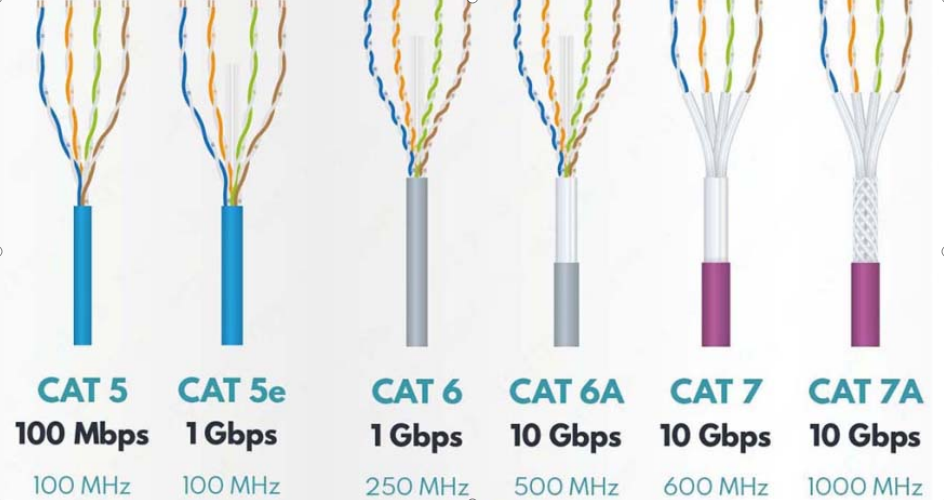
Keep in mind that these cables shouldn’t exceed 100 meters, or else the data transfer rate will decrease. You can use an internet speed test to determine the data transfer rate of your network, and this will help you choose the right Ethernet cable for your application. Generally, it’s best to go with a Cat 5e cable or newer, as gigabit internet service is becoming more and more commonplace.
The LAN port remains a fundamental interface for wired network communication. Whether it’s connecting a home PC or supporting complex data center architecture, LAN ports play a vital role in ensuring reliable, high-speed, and secure data transmission. As technology continues to evolve, next-generation LAN interfaces—combining copper and fiber—will drive the future of intelligent connectivity.
Tags : LAN port, Ethernet port, RJ45, Gigabit Ethernet, Sopto LAN solutions
— END —




